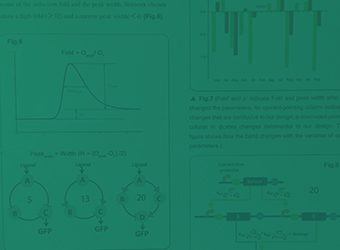Team:Peking
From 2013.igem.org
XingjiePan (Talk | contribs) |
|||
| Line 169: | Line 169: | ||
#AbstractBox{position:absolute; left:430px; top:390px; width:710px; height:540px; background-color:transparent;} | #AbstractBox{position:absolute; left:430px; top:390px; width:710px; height:540px; background-color:transparent;} | ||
#AbstractBackground{width:100%; height:100%; background-color:#FFFFFF; opacity:0.8;} | #AbstractBackground{width:100%; height:100%; background-color:#FFFFFF; opacity:0.8;} | ||
| - | #AbstractContent{position:absolute; left:55px; top:25px; width:600px; font-size: | + | #AbstractContent{position:absolute; left:55px; top:25px; width:600px; font-size:18px; line-height:25px ; font-family: calibri, Arial, sans-serif; text-align:justify;} |
#AbstractContent:first-letter{font-size:30px;} | #AbstractContent:first-letter{font-size:30px;} | ||
.SmallBoxes{width:340px; height:250px;background-color:#FFFFFF; overflow:hidden;font-family: calibri, Arial, Helvetica, sans-serif;} | .SmallBoxes{width:340px; height:250px;background-color:#FFFFFF; overflow:hidden;font-family: calibri, Arial, Helvetica, sans-serif;} | ||
Revision as of 12:33, 23 September 2013


Aromatics Scouts
A Comprehensive Biosensor Toolkit to Profile Aromatics in Environment

Aromatic pollutants are becoming a worldwide concern. Monitoring aromatics in environment, however, remains a substantial challenge. Noting the power of biosensors to enable quick and convenient testing, Peking iGEM have developed a comprehensive biosensors toolkit to profile aromatics in environment. Transcriptional regulators sensing each typical class of aromatic compounds were first bioinformatically determined using the genomic data from prokaryotes, and then utilized to build biosensor circuits in living cells. Genetic tailoring such as promoter engineering was performed to tune their properties functionally. Each of these novel biosensors is proved to be capable of faithfully sensing a specific group of aromatics. Furthermore, the orthogonality/crosstalk of their detection profiles was carefully examined; this allowed the combination of these biosensors to profile aromatics for the ease of practical applications. Besides, to expand the detection profiles of some biosensors, enzymes of aromatics-metabolizing were gleaned from natural metabolic pathways, working as Adaptors to convert undetectable chemicals into detectable aromatics when coupled with biosensor circuits. Additionally, for the ease of practical analysis, we have constructed a genetic device called "Band-pass Filter" to allow the detection of analyte concentration within a specific range. Biosensors equipped with the Band-pass Filter proved to robustly quantify the aromatics in environmental samples. In conclusion, Peking iGEM has remarkably enriched the repertoire of biosensors for aromatic compounds. These novel biosensors, together with the Adaptors and the Band-pass Filter, will serve as intriguing synthetic biological tools for diverse practical applications, such as process control in metabolic engineering.
We have a date in the database

Auto Sensor Mining
Light of glory shall shed
upon those who see

Biosensors
They will always be there
waiting for our arrival

Plug-ins
My heart beats only for the special you

Band-pass Filter
Though soundless the beatings of wings
do feel the pleasant breeze

Human Practice

 "
"

